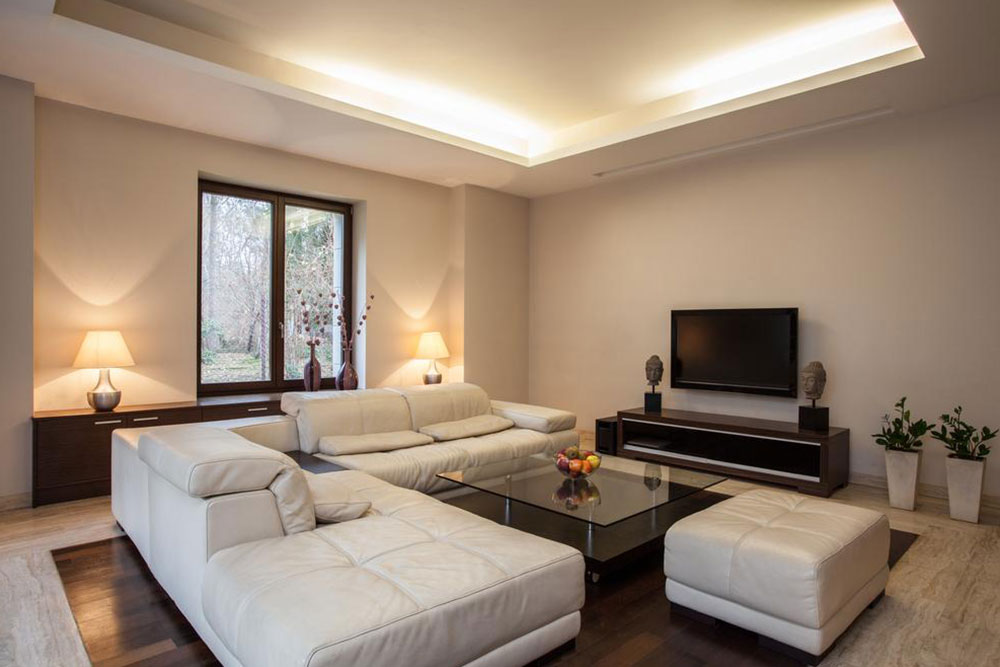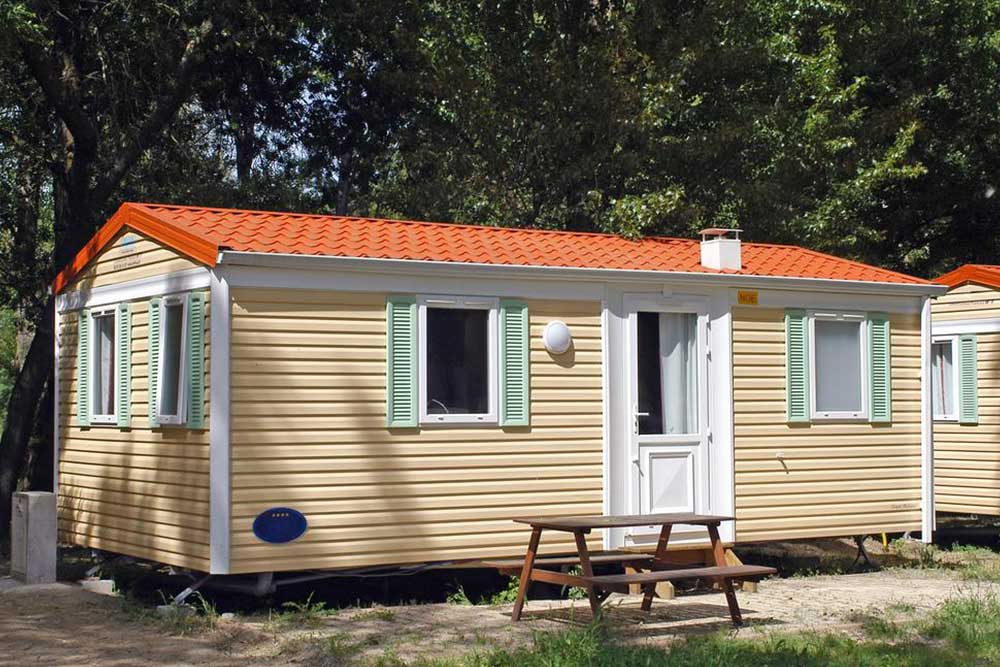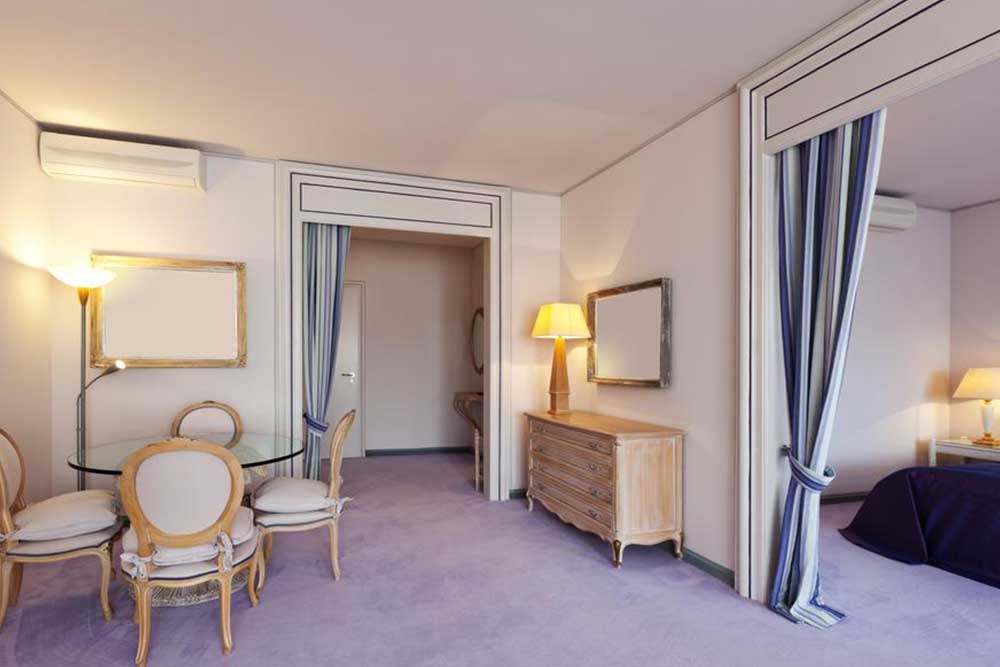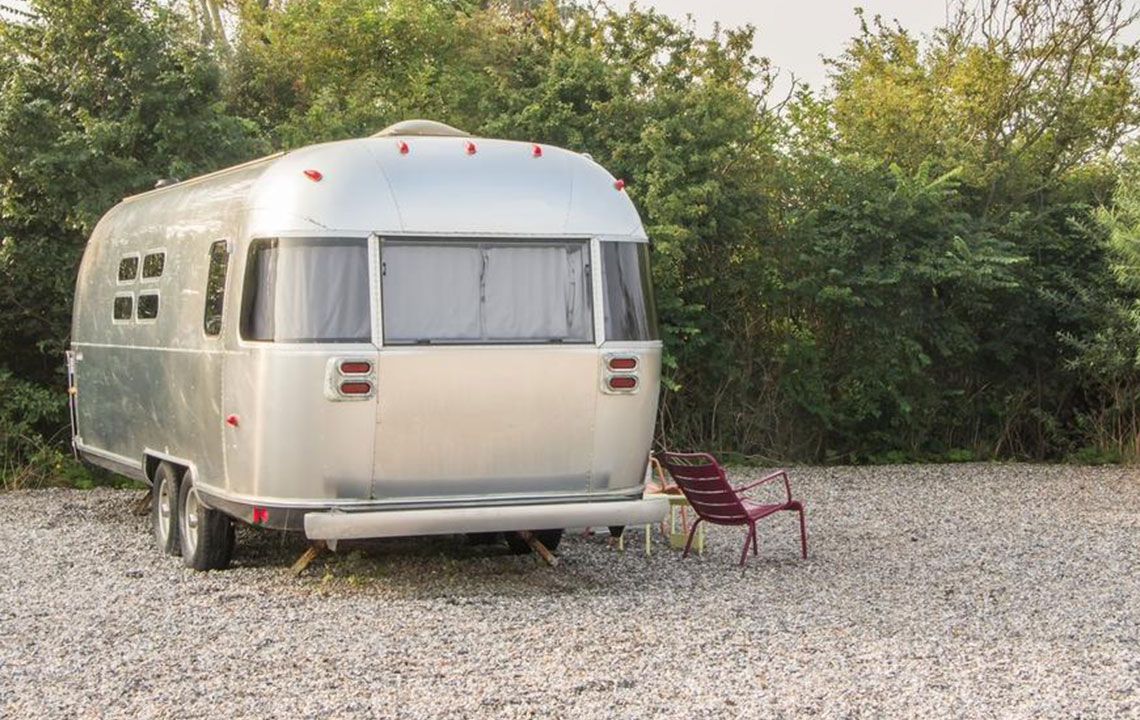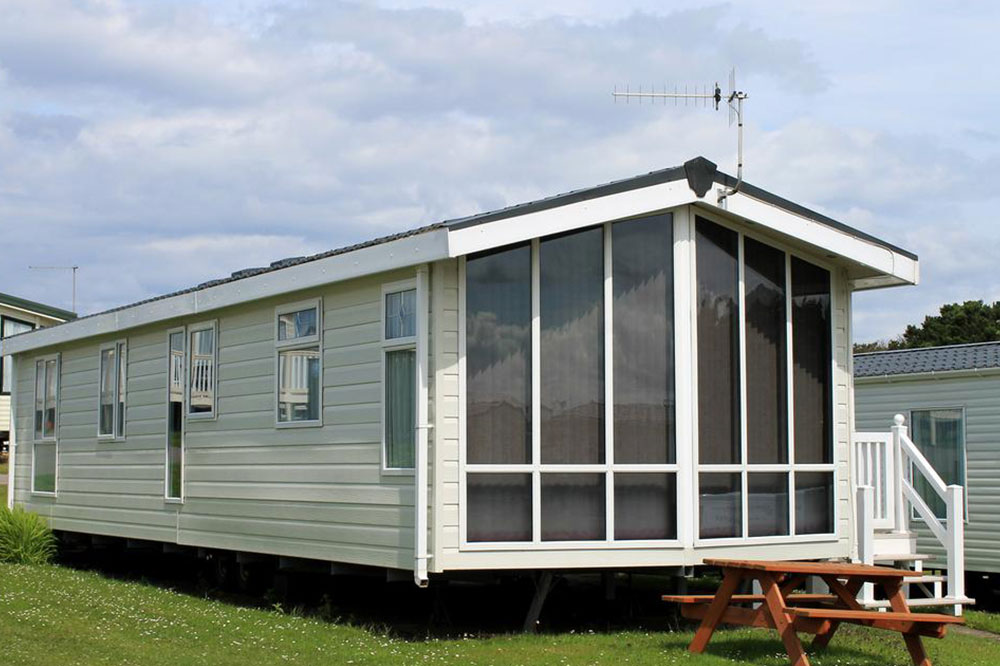Comprehensive Guide to Building an Affordable 3-Bedroom Shipping Container Home
This comprehensive guide provides everything you need to know about constructing an affordable, sustainable 3-bedroom shipping container home. From design ideas and cost breakdowns to building tips and environmental benefits, discover how to create a stylish and durable residence that fits your budget and lifestyle. Perfect for homeowners and investors seeking innovative housing solutions, this article explores the advantages of container homes and offers practical advice for overcoming construction challenges, ensuring a successful project from start to finish.
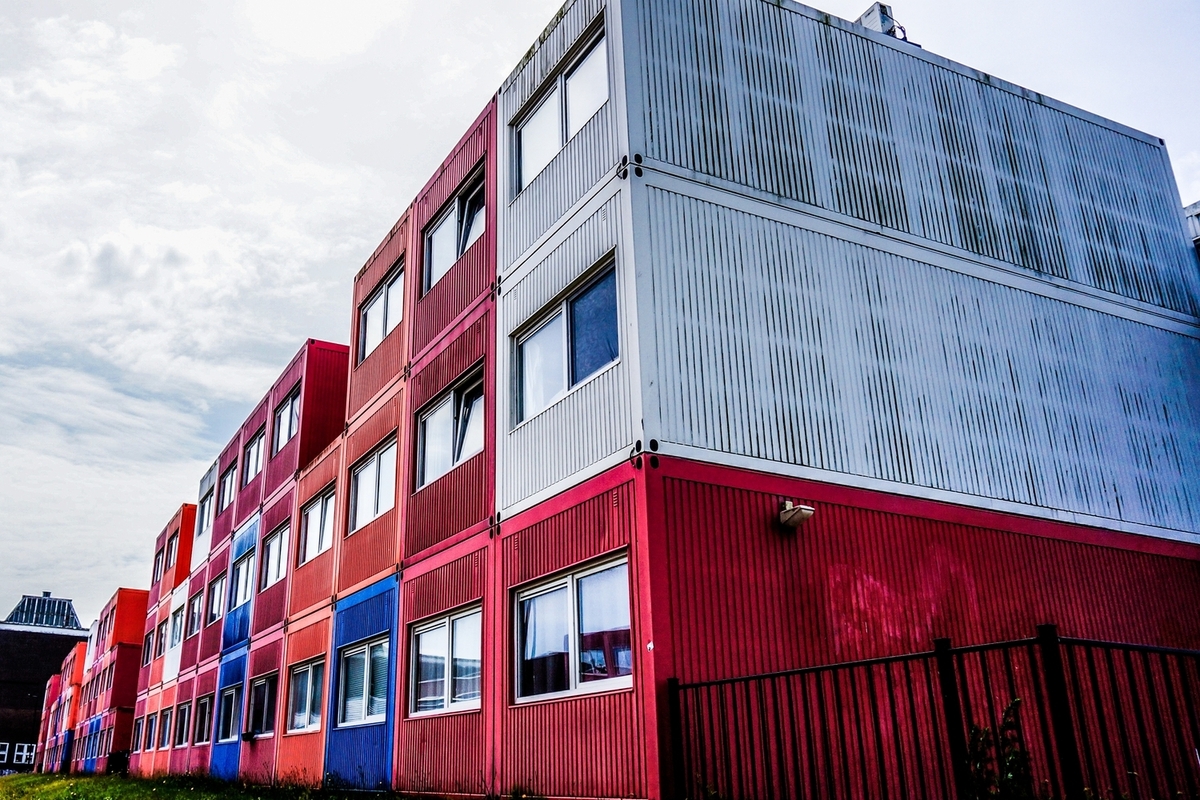
Container homes are rapidly gaining popularity across the globe, revolutionizing the way people think about affordable, sustainable, and durable living spaces. Their modular design offers significant advantages in terms of construction speed, eco-friendliness, and cost-effectiveness. Today, many modern homeowners and investors are turning to container housing as a smart solution that combines innovation with practicality. This detailed guide explores every aspect of constructing a budget-friendly 3-bedroom shipping container residence, covering design options, cost considerations, construction tips, and sustainability benefits to help you realize your dream home efficiently and affordably.
Why Choose Shipping Container Homes?
Shipping container homes have become a popular choice for many due to their numerous benefits. These structures are engineered from repurposed steel containers originally used for transporting goods across the world. Their inherent qualities make them highly attractive for residential construction, especially among those seeking eco-friendly and fast-to-build homes. Here are key reasons why container homes are considered a superior building solution in today’s market:
1. Cost-Effective Construction
One of the primary advantages of container homes is their affordability. The containers themselves are relatively inexpensive compared to traditional building materials, with prices typically ranging from $2,000 to $5,000 per unit for used containers. When combined with other construction costs, building a home from containers can be significantly cheaper than conventional construction, especially in areas with high labor costs or restrictive building codes. Their modular nature allows for bulk purchasing and mass customization, which further helps control expenses.
2. Durability and Weather Resistance
Constructed from corten steel, shipping containers are designed to withstand the rigors of worldwide transportation. This makes them highly resistant to harsh weather conditions including heavy rain, snow, strong winds, and even earthquakes. Their robust steel framework provides a strong structural base that can endure adverse environmental factors, ensuring your home remains safe and stable over time. Proper maintenance and protective coatings prevent rust and corrosion, extending the lifespan of the structure long-term.
3. Environmental Sustainability
Utilizing retired containers for housing contributes significantly to green building practices. Instead of discarding these steel boxes, reusing them minimizes waste and promotes recycling, making container homes an eco-friendly choice. Additionally, owners can incorporate sustainable features such as solar panels, rainwater harvesting systems, and energy-efficient insulation. These eco-friendly modifications lower utility bills and reduce the overall ecological footprint of your home, aligning with modern sustainability goals.
4. Rapid Construction Timeline
Compared to traditional home-building methods, container homes can be constructed rapidly. Once the containers arrive on-site, the process of modifying, insulate, finishing, and outfitting typically takes between 6 to 12 weeks. This accelerated timeline is advantageous not only for budget control but also for homeowners or investors needing quick occupancy. Pre-fabrication and modular design allow for efficient assembly, reducing on-site construction time and minimizing disruptions.
Designing Your 3-Bedroom Container Home
Optimal Layout Ideas
Designing a comfortable and functional 3-bedroom container home involves strategic planning of space and flow. A typical setup utilizes three to five 40-foot shipping containers, each serving a distinct purpose. Here’s a classic layout concept:
One container dedicated to the living room and kitchen, creating an open-concept communal area
A separate container housing the master bedroom with an en-suite bathroom
Two additional bedrooms sharing a common bathroom, perfect for family members or guests
Expanding the layout can include outdoor decks, patios, or rooftop terraces, enhancing outdoor living and maximizing space utilization.
Personalization and Interior Design Options
Large windows and sliding glass doors to flood the interior with natural light
Effective insulation (spray foam, rigid panels, or other materials) for thermal comfort
Adding outdoor spaces such as decks or green roofs for leisure and relaxation
Modern interiors with drywall finishes, laminate flooring, and stylish fixtures to create a contemporary aesthetic
Cost Breakdown for Building a 3-Bedroom Container Home
| Component | Estimated Cost (USD) |
| Shipping Containers (3-5 units) | $10,000 - $25,000 |
| Site Preparation | $2,000 - $8,000 |
| Foundation Work | $5,000 - $10,000 |
| Insulation & Interior Finishes | $15,000 - $30,000 |
| Plumbing and Electrical Installations | $10,000 - $20,000 |
| Windows, Doors, and Roofing | $5,000 - $15,000 |
| Permits & Miscellaneous Expenses | $5,000 - $10,000 |
| Total Estimated Budget | $52,000 - $118,000 |
Cost-Saving Strategies
Opt for ‘one-trip’ containers that are used but in excellent condition to reduce costs
Handle tasks like painting, landscaping, and minor customization yourself to save on labor charges
Hire experienced contractors familiar with container constructions to avoid costly mistakes
Source materials locally to cut down on transportation costs
Use energy-efficient appliances and fixtures to minimize long-term utility bills
Advantages of a 3-Bedroom Container Design
Ample space for families, guests, or combined purposes such as home offices or hobby rooms
Flexible room configurations for diverse needs
Potentially higher resale value compared to smaller or traditional homes in certain markets
Overcoming Construction and Regulatory Challenges
Zoning and Permits: Research local zoning laws and building codes thoroughly. Collaborate with architects and local authorities early to ensure compliance and avoid legal issues.
Insulation and Climate Control: Employ spray foam insulation or rigid foam panels to optimize thermal regulation. Proper insulation ensures comfort in all seasons and reduces energy costs.
Corrosion Prevention: Use anti-rust coatings and ensure good drainage around the foundation to prevent rust and deterioration over time. Regular maintenance will extend the life of your home.
Building a 3-bedroom shipping container home offers a unique opportunity to create a stylish, sustainable, and budget-friendly residence. With thoughtful planning, innovative design, and sustainable practices, you can develop a home that meets modern needs while reducing environmental impact. Whether for personal living or investment purposes, container homes stand out as a forward-thinking housing choice that combines resilience, efficiency, and modern aesthetics.
